How altering your mindset to a challenger strategy could change your marketing game.
When it comes to being the best, how do you set your brand apart from the rest?
Challenger brand marketing doesn’t necessarily mean dominating others in your space. It means that you are breaking the mold and having a lasting impact on your consumers.
So What Exactly Is a Challenger Brand?
Adam Morgan, author and founder of consultancy group eatbigfish, says “Being a challenger brand is not about challenging someone, it’s about challenging something.”
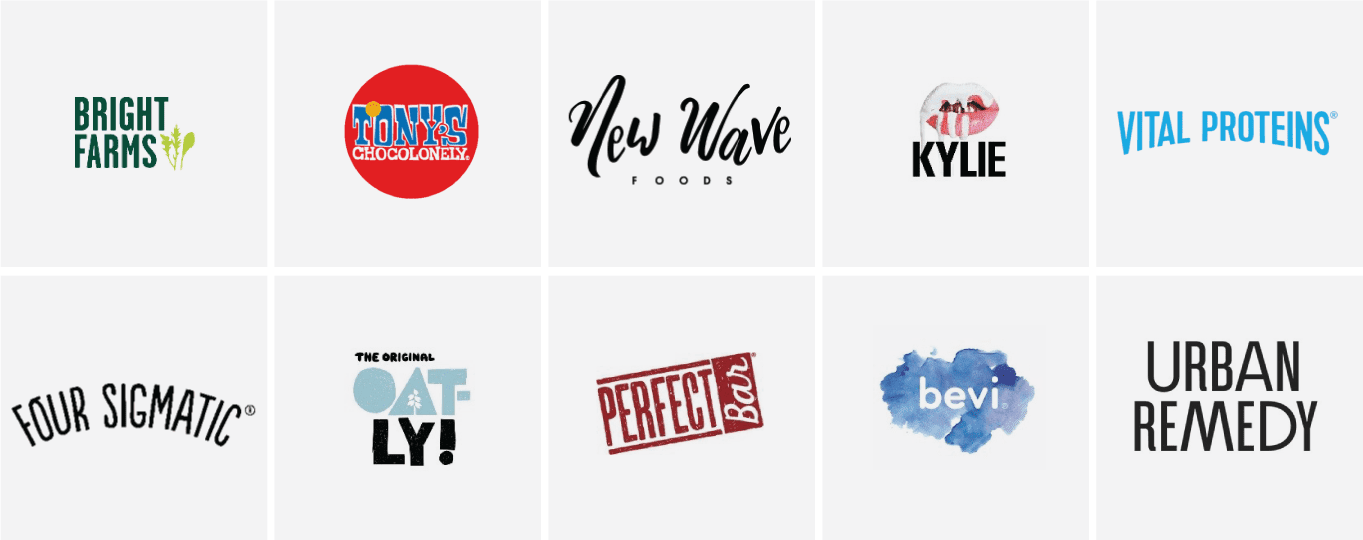
Challengers refuse to conform to the idea that you must stick to a status quo, merely meet the needs of your clients and consumers, and accept normalcy without pushing the boundaries. When you choose to adopt the challenger mindset, it opens up space for you to:
- Reach more audiences
- Make more connections
- Create a forum for continued conversations about your brand and its mission
Altering the way you approach your audience will allow you to mold your brand’s perception and show consumers there’s more to you than just your product.
When it comes to being a challenger, you have to be willing to take risks. It takes a lot of guts to push the envelope and show your customer something unordinary. However, “more than 50% of all-star performers in complex sales environments are challengers,” proving that with great risk can come great reward (Gartner).
Five Steps to Build Your Challenger Strategy
According to Nick Geoghegan, it takes these five steps to build a challenger brand:
1. Back to Basics: Use Intelligent Naivety
Simplifying your initial approach to the market will help you align (or realign) with your goals and audiences. By asking simple questions like, “Why do we do it that way?” or “Why does it look like this?” you’re locking down answers to core questions that help shape the direction in which you desire to go.
For example, Dollar Shave Club asked “Why is shaving so expensive?”, then created a product that isn’t just cheaper, but is sent directly to your doorstep.
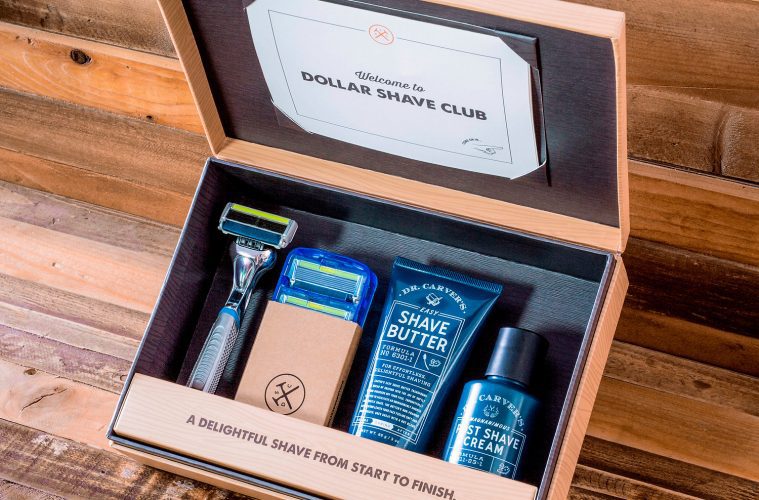
2. Shake Things Up: Challenge the Narrative
What is everyone else’s point of view on your brand and similar brands? Use that information to do something unexpected. Flip the narrative of the typical script and try reshaping your strategy into something new, exciting, and intriguing; consumers will take note and flock your way.
That’s just what MeUndies did. They added personality plus to a traditionally bland, sexy-messaging-only industry – and it paid off.

3. You Are What You Consume: Stealing with Pride
What do you know about your favorite brands and products? Take that knowledge and apply it to your brand. Understand what consumer relationships with your brand currently look like and how you can enhance that bond. Using your insights and experiences can help you excite both existing and potential customers.
Eric Ryan, entrepreneur and founder of Method, Olly, and Welly reveals “I try to figure out what is the cultural shift that the category is missing, and then I just connect the space in between the category and this cultural shift.” For example, Welly approaches bandaids as accessories rather than a clinical bandage.
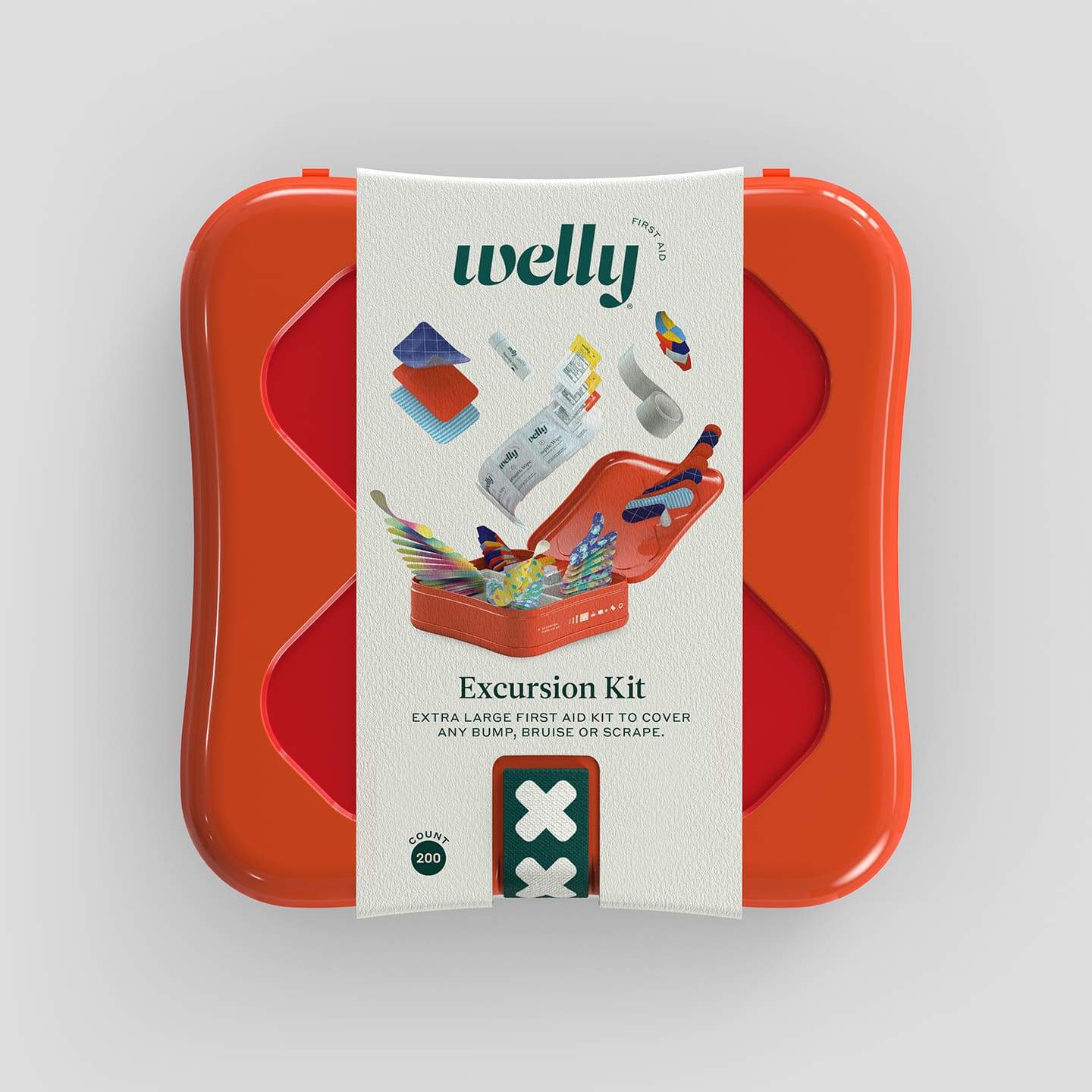
4. Stand Firm: Have a Strong Point of View
Challenger brands don’t stick to the status quo. They go against the grain and confront common viewpoints so that they stand out in the crowd. Solidifying your brand’s point of view is key to making a name for yourself.
Patagonia has never shied away from telling the world how they feel – no matter how explicit. During the 2020 election, they created garment tags with a very straightforward message that revealed their political beliefs.
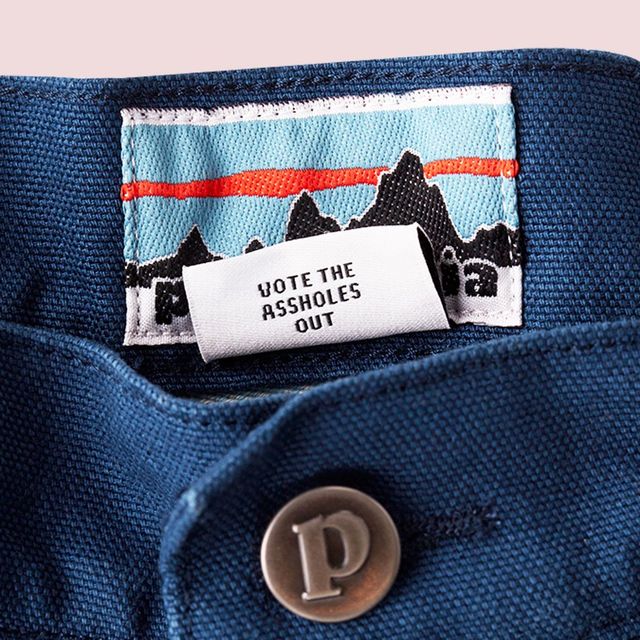
5. Go Boldly Where No Brand Has Gone Before: Be Blunt
Get people talking about what you’re doing! The marketing space is the final frontier for selling your brand to a group of customers. Please do what you want to do, and do it proudly. Don’t be afraid to be innovative, exciting, and off-the-wall. After all, it’s what will get you noticed.
Menstrual underwear brand THINX made headlines in 2015 for its ads that were pulled from NYC subway stations that included the word “period.” Even though the ads didn’t stay up, it sure attracted a ton of attention for the newly launched company.
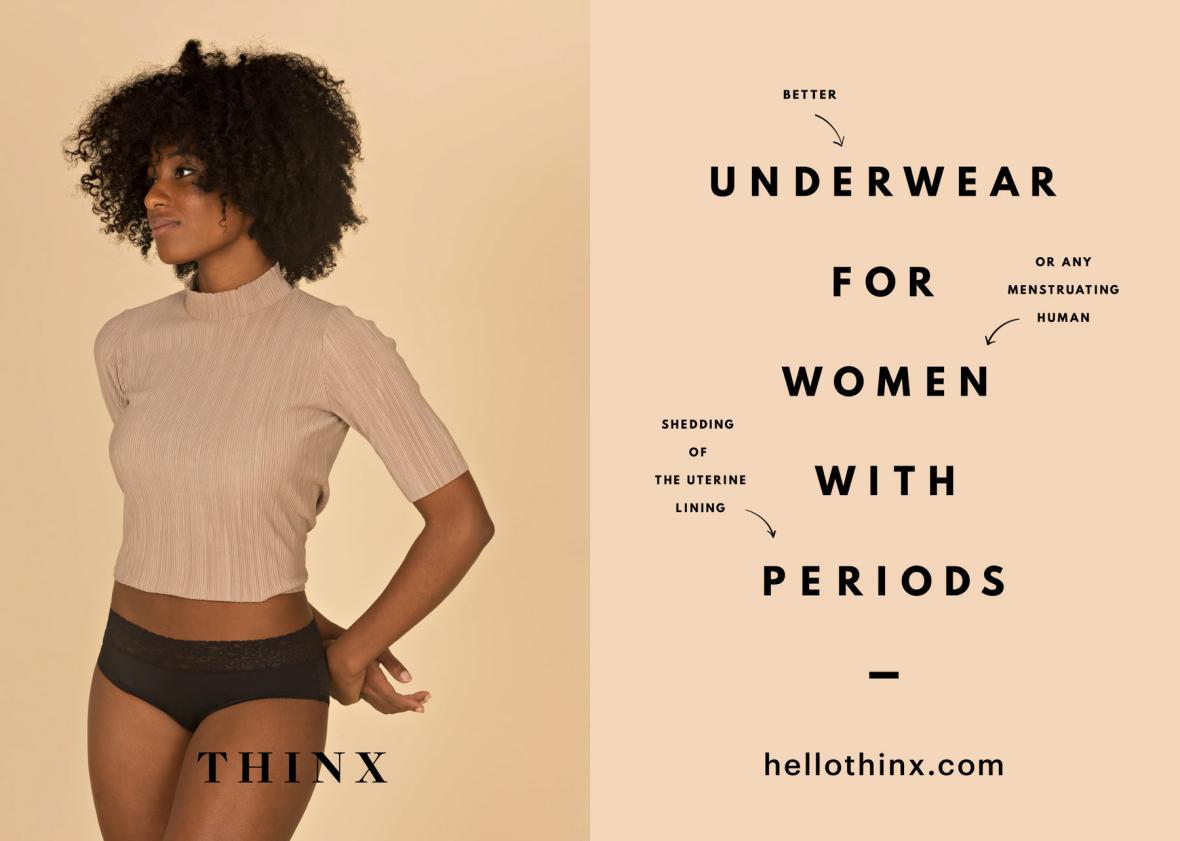
Famous Challenger Brands to Emulate
Still not sure which brands are challengers and which aren’t? These three companies are some of the best challenger brands on the market right now.
1. Glossier
Skin first, makeup second. That’s the mentality Emily Weiss’ buzzy beauty blog Into the Gloss used before transforming into beauty industry darling Glossier.
How? According to its website, “Glossier is distilled from years of recommendations from the coolest girls on the planet.” Through her blog, Weiss learned what her consumers were missing from their routines and created products that filled those gaps.
Keeping consumers at the heart of its business doesn’t just stop at product development. In 2020, Glossier launched a grant program to support black-owned beauty brands when the Black Lives Matter movement exploded. A beauty brand giving money to potential competitor brands?! It’s completely unheard of, but given Glossier’s ethos of putting people first, it’s a totally authentic and applause-worthy move.

2. AirBnB
No vacancy? No longer a problem thanks to Airbnb, the challenger brand founded in 2008 that has completely reshaped the vacation rental industry.
AirBnB’s are often more cost-effective than hotel chains. Instead of paying for pricey hotels and having limited options, Airbnb allows people to be entrepreneurs and make extra cash by renting out their homes. Its popularity has forced hoteliers to reconsider their offerings and price points. It has also spawned dozens of competitors, including Vrbo and HomeAway.
Unlike cookie-cutter hotel stays, Airbnb capitalizes on our need for human connection and unique experiences. Staying in a family-owned home with a fridge full of local craft beers is an endearing touch than a pay-per-item mini bar of national name brands.
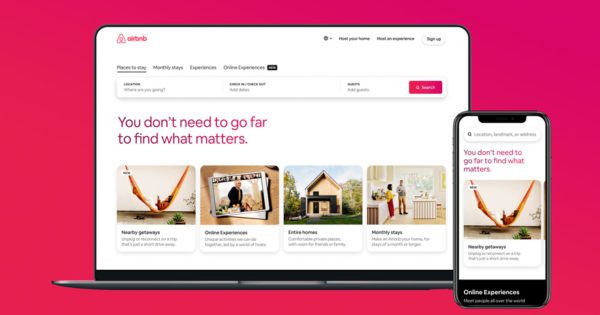
3. Oatly
This non-dairy milk magnate went from relative obscurity to $421M in sales in 2020 by transforming the CPG brand into a lifestyle brand.
Oatly learned that people aren’t just consuming plant-based products for themselves – they do so to help save the planet. This realization led to Oatly shifting their messaging from “our milk is better for you” to “make Earth a better place.”
They also turned traditional CPG packaging on its head by starting from scratch and creating a childlike package filled with fun, tongue-in-cheek copy to attract attention in the dairy aisle. While most brands would balk at the idea of splashing “This tastes like sh*t” on their products, Oatly’s bold move resonated with consumers who appreciated the authenticity.
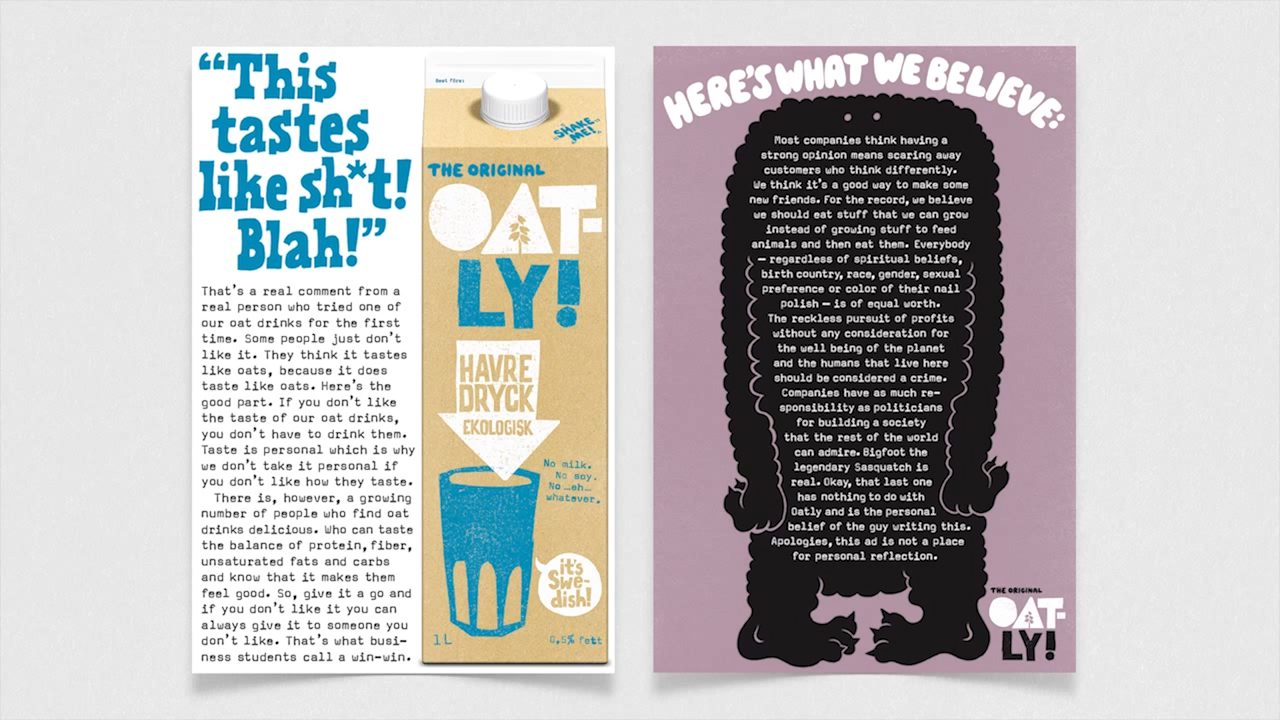
Ready to Adopt a Challenger Business Strategy?
If you’re looking to stand out while staying true to your brand, becoming a challenger in the industry might be the right move for you. Transforming from a mainstream voice to a unique perspective will not only draw in consumers, but it will make your brand appear stronger, smarter, and more appealing.
Are you ready to be challenged? Climb to the top with a trusty marketing agency with years of experience helping challenger brands cut through the clutter. Drop us a line today and see how we can help take your brand to the next level.

